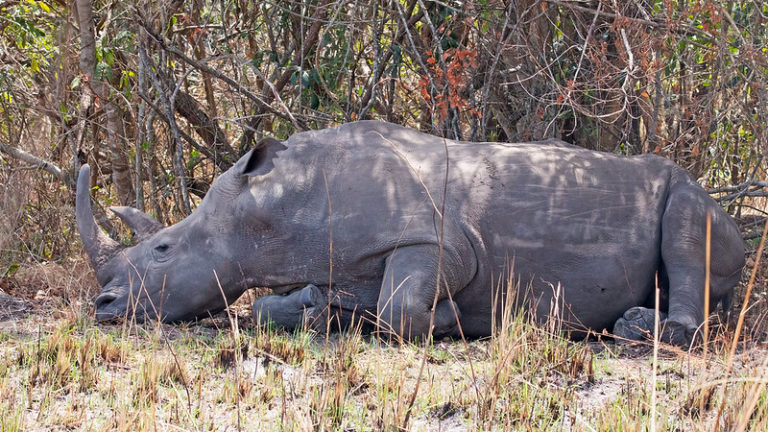The IUCN will be launching its ‘Green Status of Species’ that will show how much a species has recovered due to conservation efforts.

This is a new addition to the IUCN Red List called the IUCN Green Status of Species. Conservation Biology published a paper that introduces this new Green Status as an assessment that provides information about both how much the conservation status of a species has recovered due to conservation practices, and the ecological functionality of a species within its range.
During the research period, more than 200 international scientists from 171 institutions presented preliminary Green Status assessments for 181 species. Some of the species they assessed were the pink pigeon, the gray wolf, and the Sumatran rhinoceros.
‘It’s providing a more nuanced picture of what’s going on with a species and that’s going to provide information that’s really important for conservation planning and also measuring and celebrating the impact of past conservation,’ lead author Molly Grace, a researcher at the University of Oxford who led the development of the IUCN Green Status, told Mongabay.
How the IUCN Green Status of Species will work:
- The Green Status assessment will classify species into nine categories that will use historical population levels to indicate if a species has been largely depleted from its range or if it’s recovering.
- The assessment will also measure the impact of past conservation action and how much a species could gain in 10 years.
- With the assessment, you will also get a view of the species’ recovery potential over 100 years.
The IUCN Green Status will officially launch online at the start of the IUCN World Conservation Congress, in Marseille, France, from 3 – 11 September 2021.
Picture: Unsplash
ALSO READ:
South African wildlife rangers join Africa-wide drive to protect wildlife














